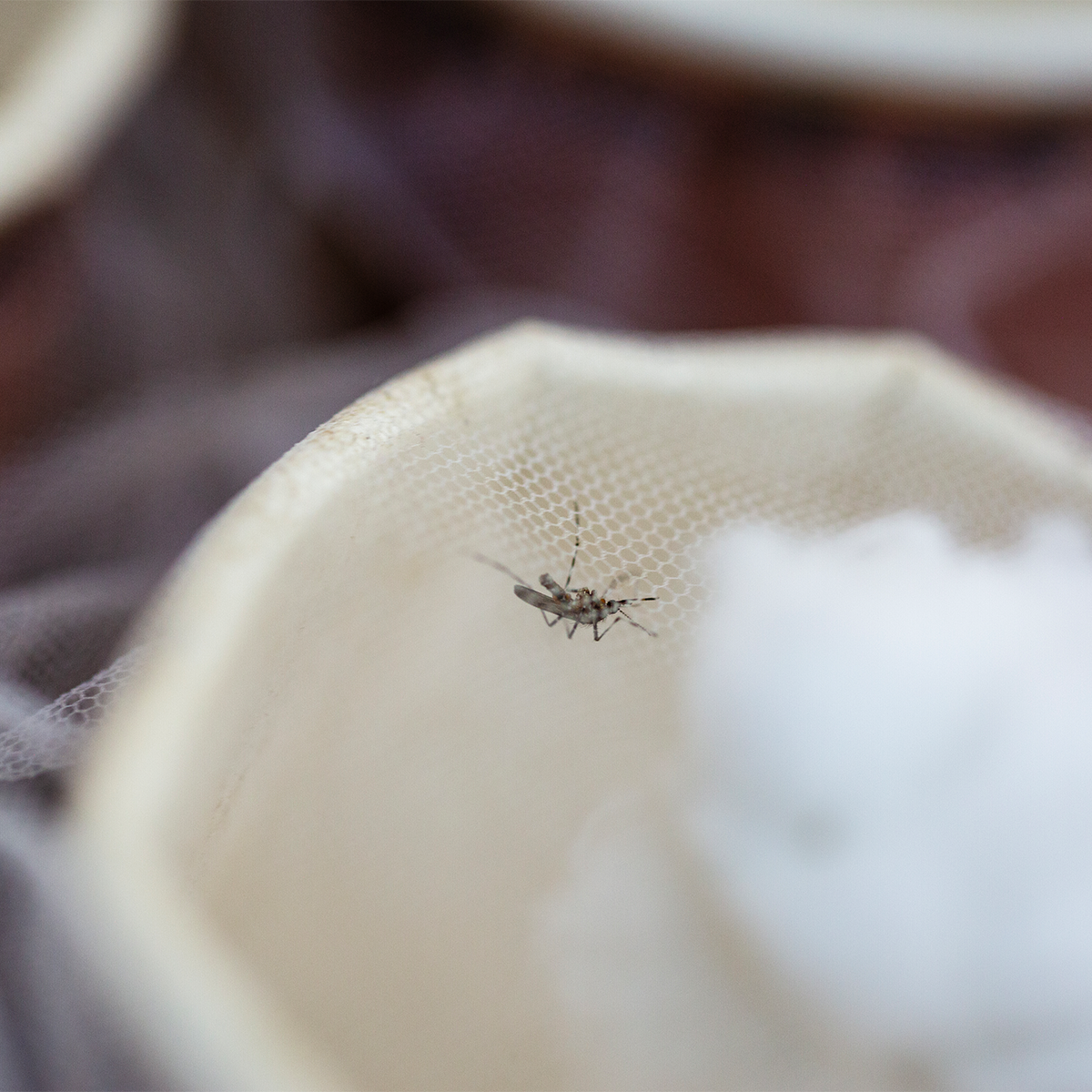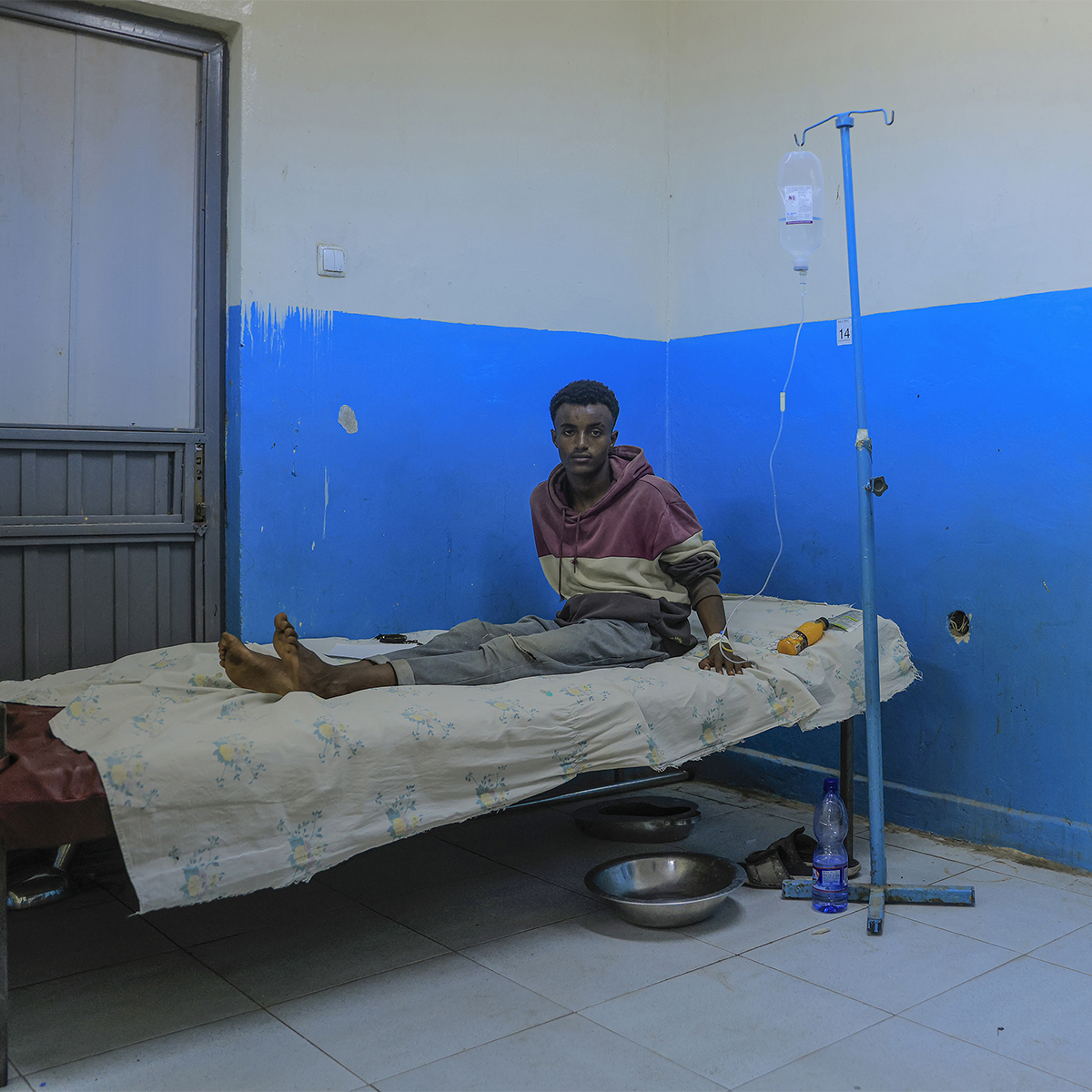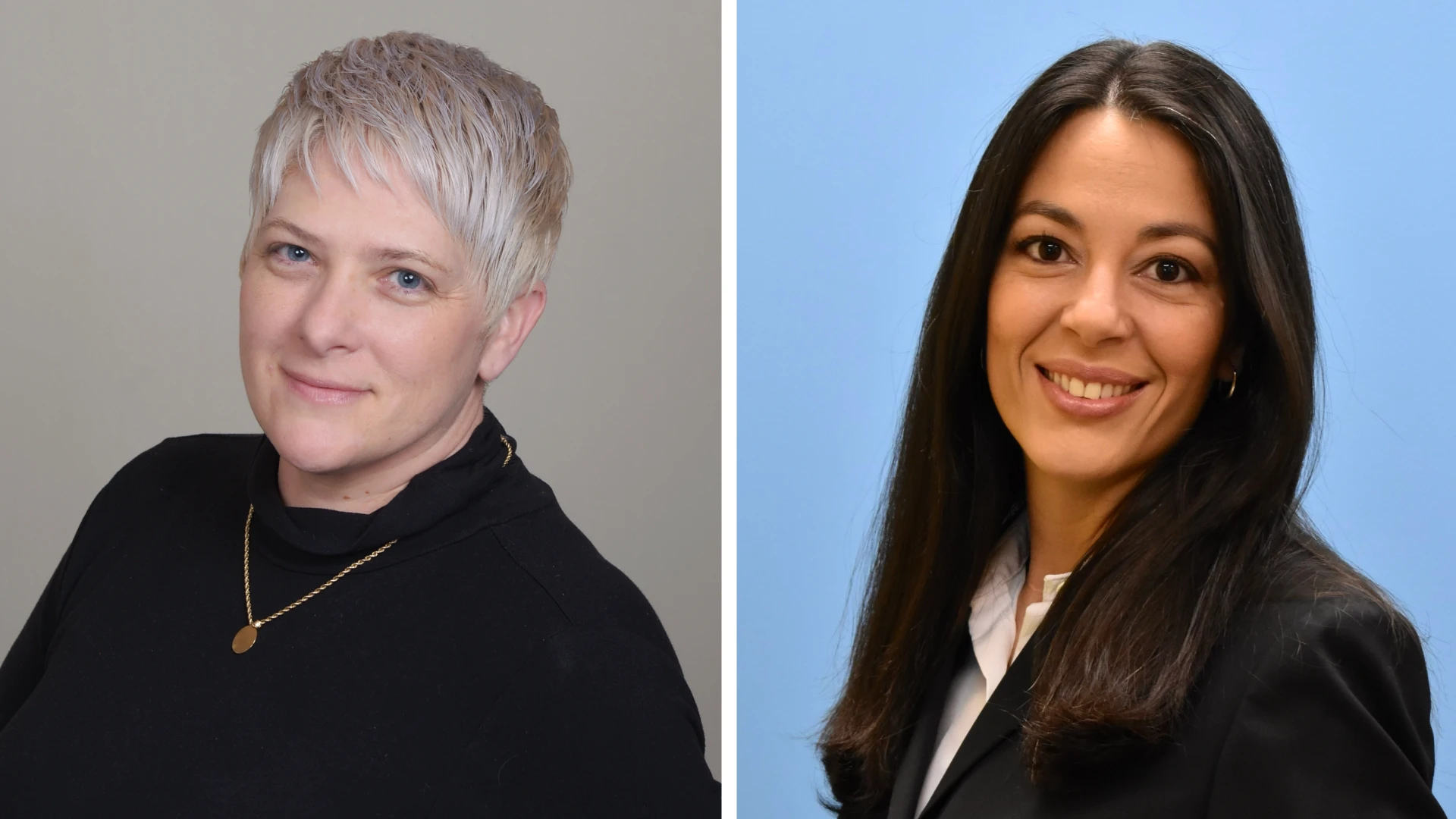
Courtesy of Natalija Gormalova for the New York Times.

NEW YORK — The spread of mosquito-borne illnesses and invasive species has created a growing public health concern that has public and private stakeholders seeking new and innovative solutions.
Unfortunately, some of man’s strategies for thwarting mosquito-borne illnesses have had the unintended consequence of reversing years of progress, reported The New York Times Global Health Reporter Stephanie Nolen in her “Tiny Insect, Giant Menace” multimedia series recently published in the New York Times. Climate change, barriers like bed nets, insecticides becoming less effective because of overuse, and a lack of foundational funding for mosquito-borne disease strategies are just a few factors Nolen found in her travels to five countries in Africa and Latin America for this project.
PCT dedicated this month’s cover story to previewing the 2024 mosquito market. Mosquitoes were already being reported in this issue, but “when stories started coming in from writers, we noticed a trend: they all focused in some way on the public health impacts of a potentially dangerous pest that is spreading to new areas,” said PCT’s Jason Brill in this month’s column.
With such high-profile reporting on this issue, we decided to take this subject one step further. PCT’s Amanda Donchatz sat down with Nolen for a one-on-one interview to discuss her multi-dimensional series on the rapid evolution of mosquitoes, scientists using genetic engineering to block malaria-carrying species from spreading the disease and her personal journey following insects into drainage pipes, bedrooms and rainforests.
Amanda Donchatz: How did this story idea come together? Why did you and the Times editors decide this was a topic worth pursuing?
Stephanie Nolen: I did not begin with any ambition [for such a large project]. I was really going to write a pretty short, straightforward story— the kind of thing that you folks might publish— like new control innovations. And then I started talking to people and quickly realized that it was a lot more complicated than I thought. There were these quite urgent, new concerns around malaria and a perception that we're not winning, necessarily. I was among the people who have been writing pretty positive stories about malaria for a while, and so it was alarming but interesting to learn about that. Kind of quickly, this grew from being an 800-word news story on some cool new technologies to all kinds of really big things happening in the world of mosquitoes.

I [traveled] to Colombia to look at the Wolbachia method of using bacteria to control mosquito-borne viruses. I really would have liked to have done that story from Indonesia or Laos, but both governments… it's really hard to get permission for a filming permit, especially because we knew we wanted this to be a visual kind of multimedia piece. I went to Kenya to look at clinical trials. A lot of the big clinical trials of some of the new technologies are happening in Kenya. I went to São Tomé and Príncipe [in the Gulf of Guinea] to look at genetic modification. I really liked that project because I felt like the scientists working on it were really transparent that it might work or might not. I went to Tanzania to look at housing. Most of the researchers are really smart, young Tanzanian women. I was really impressed with them and how they're taking a bit of a maverick approach. I really appreciated these kinds of scrappy Tanzanian women who were like no, we need to be having a different conversation.
AD: What developing research on mosquito control did you learn about while working with leading entomologists and scientists? What are some new tools and devices out there that are being used to fight the spread?
SN: I learned that there has been an incredible amount of progress, and it's really encouraging to see malaria deaths have been cut in half over the last 20 years, and that's an enormous win. Although the series is kind of scary, I think it's important to recognize that it reflects that there has been a huge amount of investment, research and knowledge and a real effort to get that knowledge into the communities where people are vulnerable. That was really heartening, but also mosquitoes evolve incredibly quickly, and we may have rested on our laurels too early in thinking that that we had a solution to malaria. While we were all focusing on malaria, dengue and Zika viruses really surged, and now you have these massive dengue outbreaks all over the world in places that have never had it before. The Wolbachia stuff is exciting. The genetic modification just has enormous potential, but you spend a bunch of time with researchers and then you are reminded that there's time between when something shows some promise in a small clinical trial and when it actually reaches the people who are vulnerable. And during all of that time, mosquitoes and parasites and viruses are evolving.
AD: What climate and environmental factors are playing a role in the spread of mosquitoes?
SN: It's a hotter, wetter world, and that’s broadly good for mosquitoes, but also climate makes us vulnerable in other ways. Malaria cases shot up in Pakistan last year. That's partly because after they had those crazy record-breaking floods, there was a lot more standing water around. Eight percent of global malaria cases happen in refugees, and it's because those people don't have access [to proper barriers] since they are living in tents and sleeping outdoors. Climate disasters are making more and more people vulnerable because they're displaced or they're in lower quality housing.
AD: You reported “The malaria parasite is increasingly resistant to the once highly effective drugs used to treat it.” What new drugs have you come across in your reporting that are being tested to treat mosquito-borne illnesses?
SN: All the mosquitoes around the world basically are resistant to varying degrees to the insecticides we use, and we need a whole bunch of new insecticides and basic chemical research on molecules that kill mosquitoes in a new way. They're not just resistant to individual chemicals, but they're resistant to the whole method of action. The Bill & Melinda Gates Foundation is obviously very deeply resourced and, for now, they're very committed to it, but it's not great if private sector companies are relying on foundations to give them the money to do this research and the work [for] getting new products. I know there's mounting evidence of [parasite] resistance to the drugs, and now we're seeing real signs of that resistance. Now is when we need the new drugs, but we don't have any. I think there's some experimental work happening around whole new classes of treatments, but I think the hope was really that better drugs, better diagnostics, bed nets and insecticide spraying would get us to elimination, and you wouldn't need something else. There hasn't been the effort to have another thing on the shelf for when this thing stopped working. That combination of things brought deaths way down, but it didn't get us to the finish line at all.
AD: You also noted that entomologists are skeptical about how much long-term progress can be made in underdeveloped countries that don’t use strategies like those in high-income countries (for example, larviciding, draining breeding sites and building better houses). Have there been calls for foundational funding for these strategies?
SN: Malaria funding has really plateaued. I think a lot of people who work in that field are worried about it because the need for funding has increased, but the amount that's available is not rising. There's real concern, I would say, in the malaria world; the amount of money that's going into the arboviruses generally is not nearly commensurate with the size of the problem, but all of a sudden you have dengue in France, Spain and the southern U.S. I think that's going to change things, because when rich people get [the virus] suddenly people are interested in funding it. I think poorer places like Bangladesh and Peru are going to benefit from the money; the question is, where is the money going to come from? So much of the money for mosquito-borne disease comes from philanthropy and, in particular, from the Gates Foundation. It's amazing that they do it, and, on the other hand, it's probably not healthy when one organization has the ability to shape the conversation so completely.
AD: PCT’s readers are primarily pest control business owners/operators, entomologists and university researchers. What do you think they will find of interest in your articles?

SN: It was interesting to me that even a lot of people in the mosquito world are not aware of Anopheles stephensi [a malaria-carrying species of mosquito that arrived in the port city of the tiny East African nation of Djibouti a decade ago that Nolen said was largely ignored by public health officials] and its appearance in Africa. I think if you work on mosquito-borne illnesses, but not in Africa, then maybe you aren't aware that much of the focus for controlling and responding to the disease is rural and that people are used to dealing with it as a certain kind of threat. If you blow that up, and you say now it's in cities and it can breed in an old Coke bottle, and it's totally insecticide resistant, that's a huge problem, even for countries that have excellent malaria control programs. If your current malaria control program is focused on super rural areas and mosquitoes that breed in streams or ponds or whatever, then a mosquito that is breeding in trash and living in alleyways in the middle of densely populated cities is a huge problem.
AD: Did you ever consider — or would you consider a follow up article — exploring how the professional market is partnering with local municipalities and/or the work they are doing to control mosquitoes and what can be learned from them?
SN: We just look for things that are good stories and that are news. We're kind of agnostic on who's involved. There are, as you alluded to earlier, a lot of players in this space. There's clearly a lot of work being driven by the private sector.
AD: Did you leave this project more optimistic or pessimistic about the ongoing global battle to control mosquito-carrying diseases?
SN: I'm mostly pretty pessimistic. I appreciate the innovation and I see the progress that we've made so far, but I also see the ground littered with missed opportunities. I have some faith in the human capacity for ingenuity, but I feel like smart money is on the mosquito at this moment.
Latest from Pest Control Technology
- PMPs Use Capitol Hill Visits to Push for Preemption
- 20 Trapping Tips
- Truly Nolen Opens Two Florida Franchises
- David Cooksey PestVet of the Year, Policy Person of the Year Recognized
- Pink Pest Solutions Opens New Kansas City Office
- GA Dept. of Ag Experts Urge Reporting of Yellow-legged Hornet Embryo Nests
- Lloyd Pest Control Treats 'Kitchen Nightmare' Cockroach Infestation
- Beach Pest Service Opens New Office in Hampstead, N.C.





